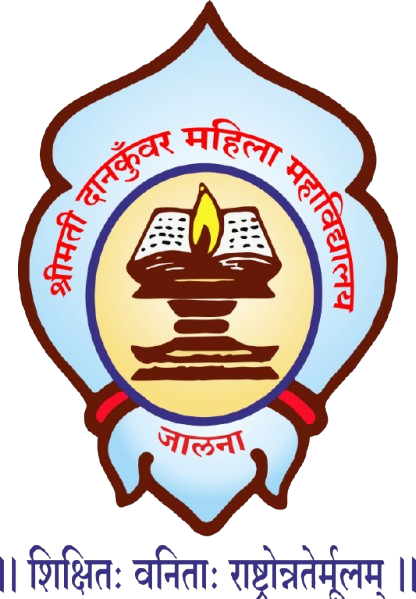Feedback & Analysis Mechanisms
Feedback Mechanism
Feedback mechanism is essential to know whether the college is delivering good performance and imparting quality education. Smt. Dankunwar Mahila Mahavidyalaya has implemented a well-designed feedback mechanism whereby we collect feedback from students, parents, faculties, industries, and alumni. This helps our college to improve performance and strengthen the quality of education. The college provides the necessary arrangements for feedback responses from all the stakeholders.
Objective
- The mechanism enables the college administration to streamline processes and initiate timely corrective actions if required.
- It aims to provide faculty members with valuable inputs from students on teaching constructs that are highly related to student learning and satisfaction levels in the teaching-learning and evaluation process.
- Feedback from all stakeholders gives ample information on effective utilization of existing facilities, resources, and upgradation of infrastructure if needed.
Feedback Collected from the Following Stakeholders
- Feedback from Students: Student feedback is crucial for strengthening the quality of the teaching-learning process. Feedback is collected through a survey method to measure overall student satisfaction regarding education quality, campus facilities, resource availability, student-faculty interaction, infrastructure, personality development, and ethical standards.
- Feedback from Parents: Parents form an essential part of the stakeholders. ‘PTA’ (Parents Teacher Assembly) is organized at least once every semester to discuss various issues. The collected feedback is analyzed, and necessary rectifications are implemented.
- Feedback from Alumni: The institution believes that alumni contributions are essential, particularly for academic development. Our college maintains a strong relationship with alumni. Alumni feedback is collected during alumni meetings and visits to the institution.
- Feedback from Faculties: Faculty feedback is collected every semester to measure satisfaction with working conditions, professional development, training, and responsibilities. The data is gathered through an online survey, analyzed, and necessary improvements are made.
- Feedback from Non-Teaching Staff: Feedback from non-teaching staff and support staff is conducted to measure job satisfaction in various aspects of their roles at the college.
- Feedback from Industries: Feedback is sought about courses, institution performance, adequacy of student skills to meet job requirements, ability to find practical solutions for field problems, etc.
The Feedback Mechanism Process
- Feedback Collection: A structured method of feedback collection is followed. IQAC fosters the use of online tools for data collection and analysis. Surveys are conducted through Google Forms using rating scales for objective analysis. Open-ended questions are used for qualitative feedback. Feedback is collected regularly via online modes for students, and through Parent-Teacher Assemblies for parents. Faculty and non-teaching staff feedback is collected online every semester, while industry feedback is gathered during industry visits.
- Feedback Analysis and Reporting: The Internal Feedback Committee analyzes student feedback results periodically. The Feedback Analysis Report (FAR) is prepared and submitted to the principal. Other stakeholder feedback is analyzed and reported for corrective actions.
- Action Taken: The Principal and HODs develop an action plan to address gaps. Actions range from student mentoring to institutional improvements if needed.
- Information: Final corrective actions taken based on the FAR or grievances are communicated to stakeholders through notices, SMS, social media, letters, or phone calls. The effectiveness of these actions is reflected in the next feedback cycle.
Timeline for Feedback Mechanism
| Steps | Response | Time Period |
|---|---|---|
| 1. Feedback from stakeholders | Immediately | Ongoing |
| 2. Response by committee, Preparation of FAR | Feedback analysis and report preparation | 3-4 days |
| 3. Analysis and actions taken | Review by Principal and HODs, corrective measures | 4-5 days |
| 4. Information to stakeholders | Notices/SMS/social media/letters/phone calls | 5-6 days |

